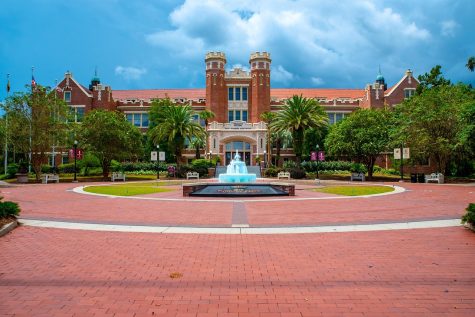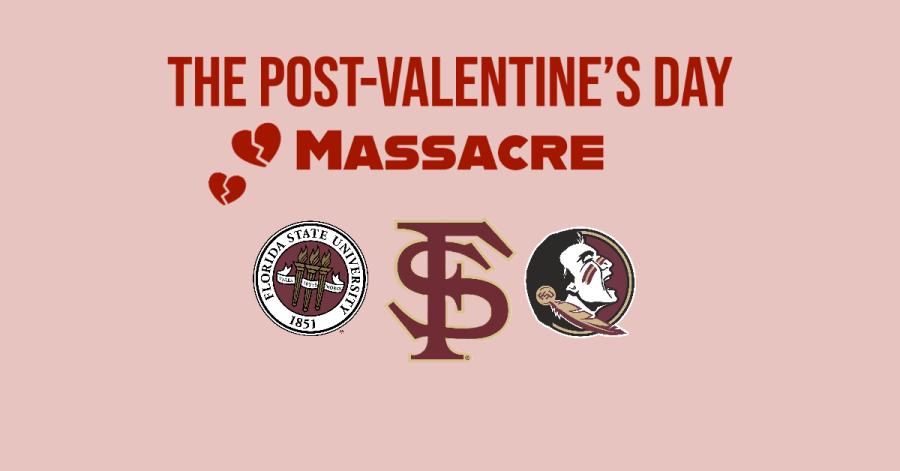The Post-Valentine’s Day Massacre
February 23, 2023
On the night of Tuesday, February 14, high school seniors across the state of Florida went to sleep having enjoyed their day of being hit with Cupid’s arrow, unaware of the brutal chop of the tomahawk that they would receive the next day. At 4 P.M. EST on February 15th Florida State University released their regular admission decisions to the 71,788 students that applied. Students like me were prepared for the already competitive 37% acceptance rate so it came to our surprise when only 17,066 students were accepted. This dropped the new acceptance rate to a lower and unexpected 23%.
With the popularity of living in Florida increasing there was no doubt the expectancy of a large number of out-of-state students to apply to the main Florida state schools such as FSU and UF. But, it is still expected from Floridians to have a better chance at getting into the public schools created for them in their own state than out-of-state students. This was not the case.

In an Instagram post published by the FSU admissions office, they bragged with the statistic that they accepted students from an astonishing 1,892 high schools across the United States. But, out of the 2,227 high schools in Florida (according to the National Center for Education Statistics) only students from 614 of them were accepted. FSU also boasted that students from 46 countries were accepted. Though they did not list the total number of international students accepted, it should be expected that this number is too, very high. This begs the question to Florida students, “Why are out-of-state kids having a better chance at getting in than me?”
The answer is simply the greed of public institutions. According to FSU’s website, out-of-state students are required to pay the out-of-state tuition that is currently set at $18,746 (not including room and board, food, etc) at FSU, while in-state students get to pay a tuition that is about 70% less, priced at $5,616. Accepting the students from out of state is a more financially sound decision since it is over triple the amount the school receives, but this defeats the purpose of having a public state school for residents to go to.
A large number of families rely on being able to pay in-state tuition to afford to have their children go to university. When this option is taken away from them by the out-of-state students and the university’s greed, the students get put in the position where they are forced to either pay an expensive private tuition or take away opportunities from students in other states and go to their public universities (while still paying expensive out-of-state tuition).
College is supposed to be the place where bright young minds are sharpened to become the future of the nation, but this opportunity is dulled when the top priority becomes seeing how much the university’s pockets can grow. Making the deciding factor when admitting similarly qualified students how much money they are going to pay strips the integrity out of the entire admissions process.








